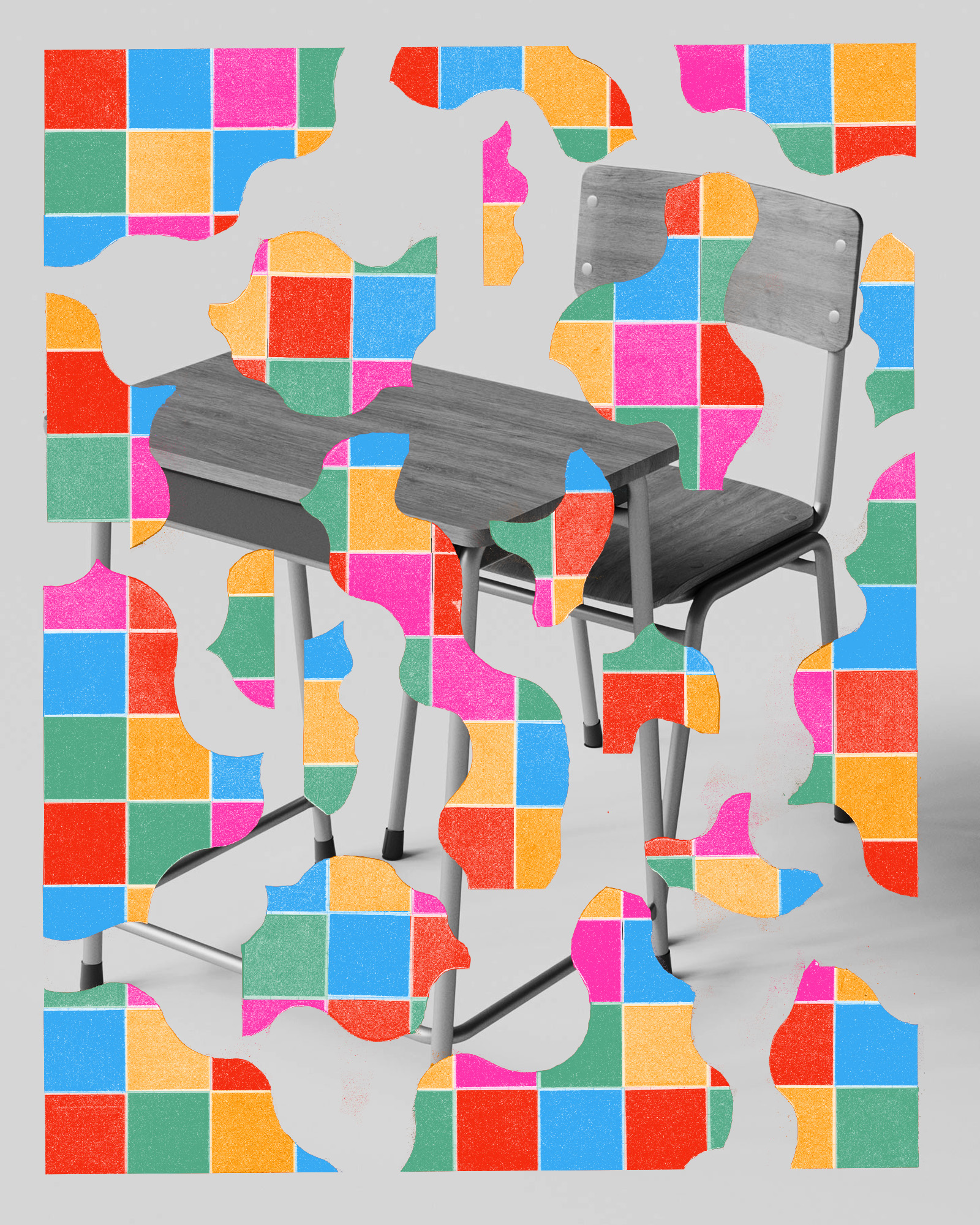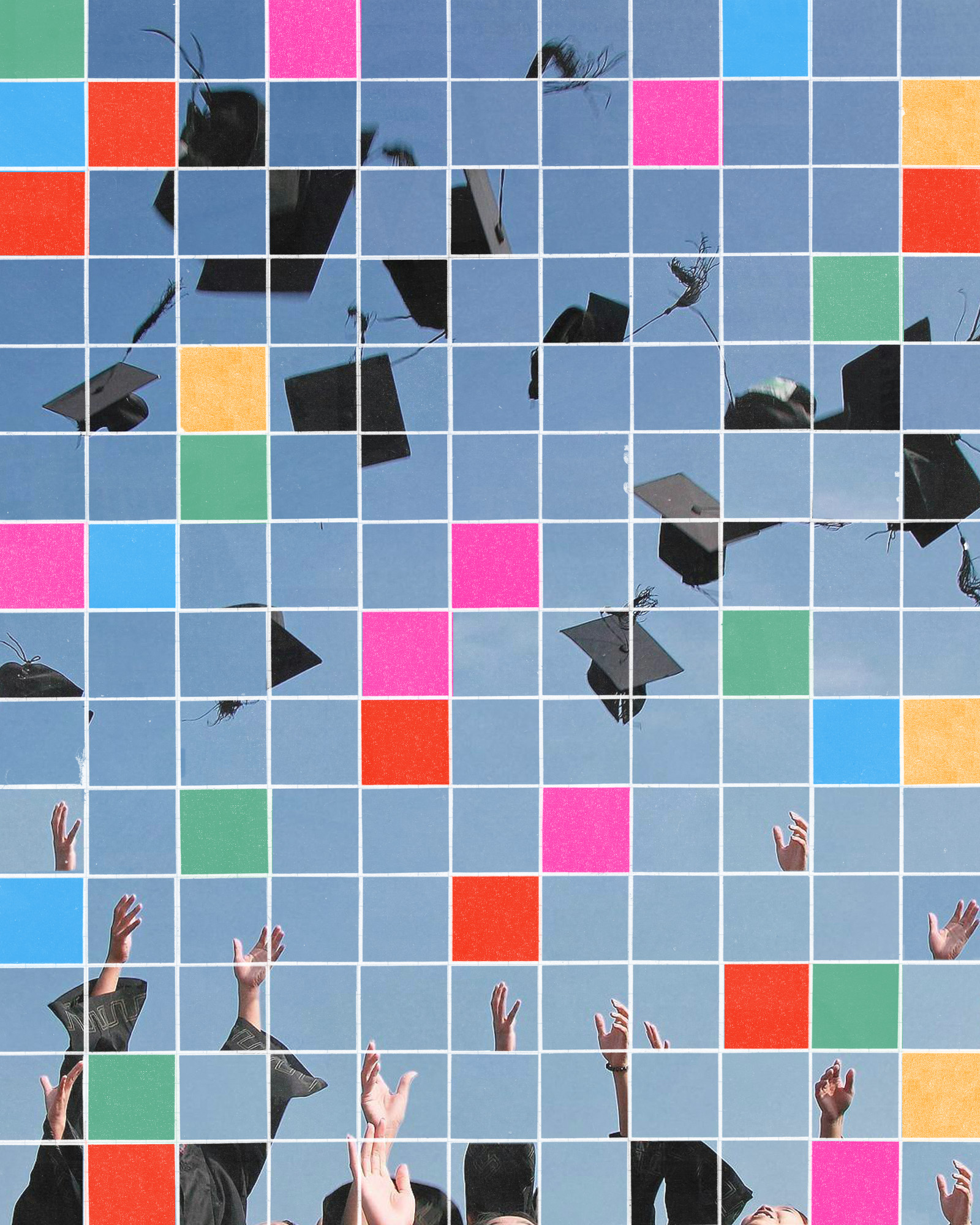In a virtual pharmacy, a real-world student sits at her computer, interacting with an AI-powered simulation. On her screen, a distressed virtual patient demands answers about a new medication. The student takes a deep breath and begins to explain. Though the situation and patients are simulated, the student’s learnings are real. This AI-powered simulation was designed by a pharmacy student to help her classmates hone their communication skills with difficult patients. After each interaction, students analyze their approach: What strategies worked well? What could they have done differently? How did their communication style affect the patient’s response?
This scenario, unfolding in a classroom at the University of Kentucky, represents a shift in educational practice. For students, it’s not just about mastering content anymore—it’s about understanding the process of learning itself. Trey Conatser, director at the university’s Center for the Enhancement of Learning and Teaching, sees this as a pivotal moment.
“We’re encouraging a meta-reflective moment for all exercises,” he explains. “Not only do we accomplish the learning outcomes relative to our program and discipline, but we’re also reflecting critically on what we’ve learned about the technology itself and the students’ own thinking processes.”
When Generative AI (a version of artificial intelligence that focuses on creating new content) rapidly became more prevalent in educational settings, it sparked fear and skepticism among some educators. Many saw it primarily as a high-tech cheating tool, a way for students to outsource their thinking and writing. But as the dust settled, a more nuanced and exciting possibility emerged: AI as a powerful tool to enhance students’ metacognition—the ability to think about one’s own thinking processes.

Thinking About Thinking
Metacognition has long been a central focus for educators. It’s the cognitive process that allows learners to reflect on their own understanding, monitor their progress, and adjust their learning strategies accordingly. It’s the difference between memorizing facts and truly understanding how to learn. Educators have long employed techniques like awarding partial credit for showing work in math problems or assigning reflective writing to tap into learners’ metacognitive processes. Now, AI is proving to be a game-changer in helping educators achieve this goal more effectively, both with personalization to the learner and at scale.
“We’re moving from opposition to AI in schools, to acceptance of it, to now, the understanding that if we want to prepare our students well, we have to be using AI with our students,” says Anand Rao, a professor of communication and digital studies at the University of Mary Washington.
In Rao’s classroom, students aren’t just using AI—they’re building it. Using no-code platforms, they create their own chatbots, an exercise that serves multiple purposes. It demystifies AI, helping students understand how these tools actually work, and it cultivates a deeper awareness of their own thinking processes.
As students grapple with instructing their AI creations, they’re forced to break down their own knowledge in new ways. To teach a machine, one must first understand a concept deeply enough to explain it step-by-step. This act of deconstruction and reconstruction is metacognition in action.
“When they were able to give those instructions to the AI, they developed a healthier skepticism while remaining enthusiastic about it,” Rao observes. Students learn to question the AI’s outputs and understand its limitations, skills that will be crucial as AI becomes increasingly ubiquitous in their personal and professional lives.

The Death of the Essay
This shift in focus—from content to process, from product to journey—is reshaping how educators approach assessment. Traditionally, evaluation has centered on the end-product: the essay, the exam, the presentation. But AI is pushing educators to reconsider this approach. “The written paper has been the queen of proofs for demonstrating learning, especially in the humanities,” Conatser notes. “But AI is emphasizing a shift from assessing purely the deliverable to assessing writing as a process, a workflow and a behavior.”
Imagine, for a moment, an assignment where the “deliverable” isn’t a polished essay, but a student’s entire revision history, including AI tutor interactions. This record would provide a window into their process of discovery and iteration, revealing the messy, non-linear reality of learning. It’s an approach that aligns with what we know about how learning actually happens—not in smooth, predictable increments, but in fits and starts, with moments of confusion followed by bursts of insight. This personalized approach to learning is one of AI’s most promising features.
“We’re not just teaching students to use AI; we’re teaching them to understand their own learning processes,” says Ben Kornell, managing partner of the Common Sense Growth Fund and co-host of the EdTech Insiders podcast. “It’s about developing the ability to learn how to learn, which is arguably the most crucial skill in our rapidly changing world.”
This new paradigm is inspiring us to revisit fundamental aspects of teaching and learning, from how we assess student progress to how we define the very purpose of education. It’s opening up new possibilities for developing the kind of deep, reflective thinking skills—active learning, curiosity, and managing cognitive load, among others—that have always been the true goal of education. At the same time, it’s important to note that the fundamental principles of learning science remain unchanged. What’s evolving is our ability to apply these principles more effectively through AI.
“The integration of AI is changing how we view the learning process,” says Shantanu Sinha, vice president and general manager of Google for Education. “It’s not about whether AI helped write an essay, but about how students directed the AI, how they explained their thought process, and how they refined their approach based on AI feedback. These metacognitive skills are becoming the new metrics of learning.”
This focus on metacognition has helped many educators illuminate gaps in understanding that might otherwise go unnoticed. Consider a student struggling with algebra. Understanding their process can help us pinpoint whether the issue stems from a weak grasp of fractions or a misunderstanding of multivariable equations. Traditionally, educators have had to review dense student work content to uncover their metacognition—a lengthy process that ultimately delayed when a student could receive feedback. Now with AI, that insight can be instantaneous. By highlighting these gaps, AI prompts students to reflect on their own understanding in new ways. They’re not just identifying what they don’t know, but understanding why they don’t know it and how they might go about learning it.
“We’re transitioning from a data-poor to a data-rich environment in education. This shift allows us to focus less on memorization of facts and more on building skills and metacognitive abilities,” Sinha adds. “The question isn’t just ‘What do you know?’ but ‘How do you think about what you know?’”

The Curricular Frontier
The path forward comes with its challenges. Educators face the task of updating institutional policies and persuading skeptical colleagues. But for those on the frontlines of this educational revolution, the potential rewards are too significant to ignore. They understand that in a world of constant change, the ability to learn—and to understand one’s own learning—is invaluable.
Richard E. Culatta, CEO of the International Society for Technology in Education (ISTE), warns against a wait-and-see approach: “If we are going to get AI right, it will have educator fingerprints all over it. But that means getting involved now, getting involved early, really shaping what the feature sets need to be for the tools, and really clearly articulating what the skills are that students need to learn.”
The promise of AI in education isn’t about replacing human thought, but about enhancing it. It’s about creating tools that allow us to see our own minds more clearly, to understand our own learning processes more deeply. In the end, this AI-driven focus on metacognition may be preparing students not just for the jobs of the future, but for the lifelong journey of learning itself. By teaching students not just what to think, but how to think about their thinking, we may be unlocking the true potential of education in the AI age.
“In a world where AI can generate content at the push of a button, the real value lies in understanding how to direct that process, how to critically evaluate the output, and how to refine one’s own thinking based on those interactions,” Kornell says.



